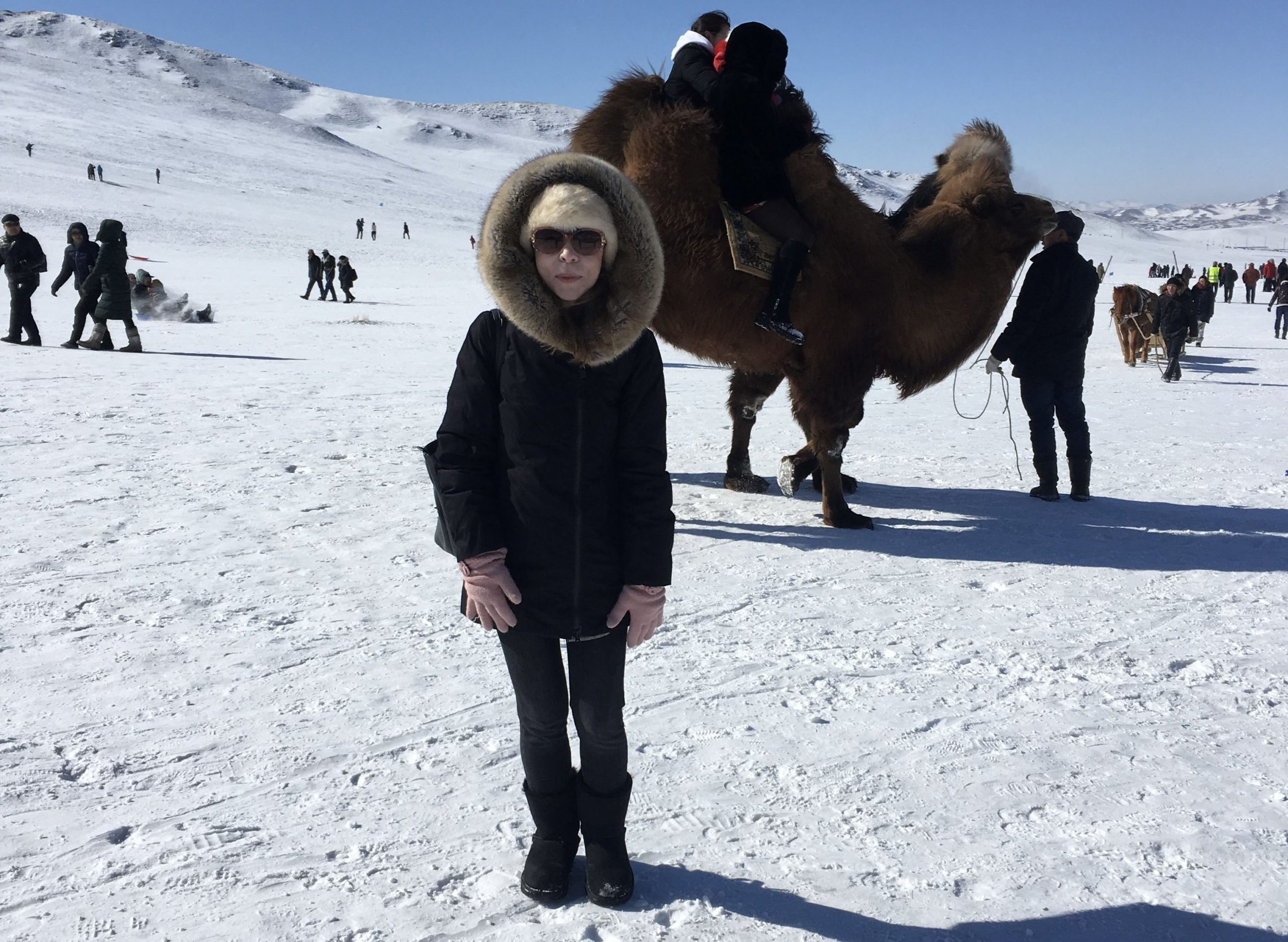Constructing Nomadic Antiquity in the Mongol Empire's northwest
Petya Andreeva’s seminar will offer a glimpse into the arts and material culture of the Golden Horde – the Mongol Empire’s Northwestern and most diverse section. Centered around the Eurasian steppe’s nomadic core but surrounded by several sedentary civilizations, the Golden Horde was home to both sedentary and nomadic communities, as well as people from various ethnic and religious backgrounds. Petya will explore how the strategic revival of Iron-Age nomadic design idioms in Golden Horde metalwork was reconciled with the new Mongol penchant for monumentality and urbanism. The Mongol elite wished to sustain two distinct identities: that of a legitimate successor to an uninterrupted steppe nomadic tradition traceable to the Scythians, and that of a worldly trade partner in the Afro-Eurasian milieu, eager to build trade-centered cities on the traditionally nomadic steppe. Petya studies how the Mongol ruling clans in the Golden Horde used nomadic antiquity to manufacture collective memory in a fragile, inherently unstable alliance during especially tumultuous periods (e.g., the Black Death). The study also explores the development of new axes to the traditional Silk Routes under Pax Mongolica, namely the Black Sea route which contributed to artistic transmissions all the way to Byzantium.
Petya Andreeva is an Assistant Professor of Asian Art and Design History at ADHT at Parsons. She studies the dissemination of body adornment and design concepts across premodern trade networks, namely the Silk Roads in Afro-Eurasia. Her scholarly inquiries are currently focused on the lives of ancient Eurasian nomads who were not only important intermediaries across those routes but also independent designers, thinkers, and inventors. As an area studies scholar working across art history, sinology, cultural history, and anthropology, she investigates how the pastoral nomadic artisans of Central Eurasia visualized their ecological environments by constructing alternative ecosystems and notions of animality through zoomorphic design on portable luxury objects. Her forthcoming book Fantastic Fauna: The Making of Zoomorphic Visuality on the Eurasian Steppe aims to center the lives of ancient nomads whose voices have been continuously muted in the art-historical canon.
